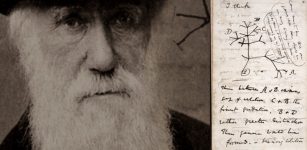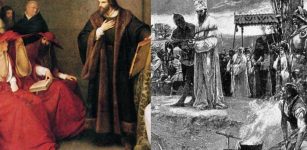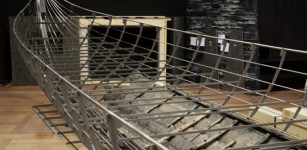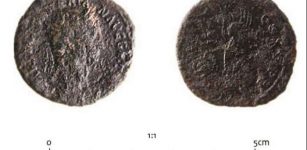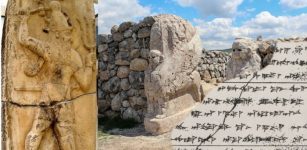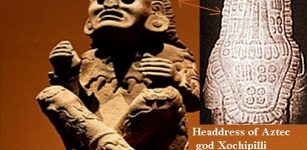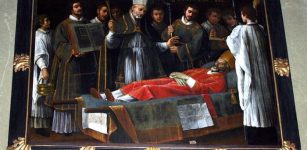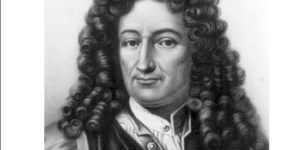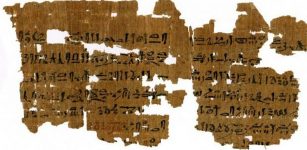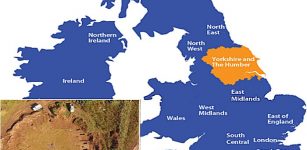On This Day In History: Anne Boleyn, The Second Wife Of Henry VIII – Beheaded For Adultery, Treason And Incest – On May 19, 1536
AncientPages.com - On 19 May 1536, Anne Boleyn was led from her quarters to Tower Green, and a French swordsman granted her the 'mercy' of beheading.
Anne was the first English Queen to be publicly executed.
 "Henry's reconciliation with Anne Boleyn", etching, published by Cunningham & Mortimer, 1842. (George Cruikshank, 19th century). - Public Domain
"Henry's reconciliation with Anne Boleyn", etching, published by Cunningham & Mortimer, 1842. (George Cruikshank, 19th century). - Public Domain
Rather than deny her guilt, she used her final moments to deliver a speech praising King Henry VIII, stating that "a more merciful prince was there never: and to me, he was ever a good, a gentle and sovereign lord."
There is some dispute over the year Anne was born – most likely between 1501 and 1507. Anne's father was the courtier and diplomat, Sir Thomas Boleyn, and her mother, Elizabeth, was the daughter of the Duke of Norfolk.
Anne spent some of her childhood and teenage years in Europe. She was a lady-in-waiting to Archduchess Margaret in the Netherlands. In 1514, Anne's father arranged for her to be a lady-in-waiting at the French court to Queen Mary, King Henry VIII's younger sister. She later served Queen Claude of France for almost seven years.
Anne Boleyn in the Tower by Édouard Cibot (1799–1877). - Musée Rolin, Autun, France - Public Domain
Anne's striking looks and sophisticated manners earned her many admirers at court and by 1523 she was betrothed to Lord Henry Percy. However, this relationship was cut short by Cardinal Thomas Wolsey. In 1522, Anne was appointed as lady-in-waiting to Henry VIII's wife Catherine of Aragon on her return to England.
Before pursuing Anne, Henry VIII had already had an affair with her sister, Mary. Henry showered Anne and her family with titles and gifts. Anne's ambitious father, Earl of Wiltshire, and her brother, Lord George Rochford, were appointed to the Royal Privy Chamber.
Henry VIII had grown tired of his wife, as she had not produced a male heir. He appealed to Pope Clement VII for an annulment of his marriage so that he could marry Anne.
The Pope refused to annul the marriage as he was afraid to go against the will of Catherine's nephew Charles V, The Holy Roman Emperor.
Although she resisted Henry VIII's advances, by 1533, Anne was pregnant with her first child. Henry was forced into action. In January 1533, Henry VIII and Anne were married in a secret ceremony, and Henry broke with the Catholic Church.
He passed the Act of Supremacy, declaring that he was the head of the English church.
In June 1533, Anne was crowned Queen of England in a lavish ceremony at Westminster Abbey.
Henry and Anne's daughter Elizabeth (the future Queen Elizabeth I) was born in September 1533. Two more pregnancies ended in miscarriage, in the summer of 1534 and in January 1536. When Henry discovered the second baby had been a boy, he became convinced the marriage was cursed. Henry was still desperate for a male heir, and he blamed Anne for this misfortune. He took on Anne's lady-in-waiting Jane Seymour as his mistress and looked for a way to end his marriage.
In April 1536, Sir Francis Weston, William Brereton, Mark Smeaton, Sir Henry Norris, and Anne's brother Lord Rochford were arrested on suspicion of having had relations with the Queen. A secret commission that included her father, her uncle, the Duke of Norfolk and Thomas Cromwell investigated Anne's case.
On 2 May 1536, Anne was arrested on charges of adultery with five men, including her brother, Lord George Rochford.
Anne was accused of adultery and witchcraft at the trial presided over by the Duke of Norfolk. She was convicted and imprisoned in the Tower of London.
AncientPages.com


